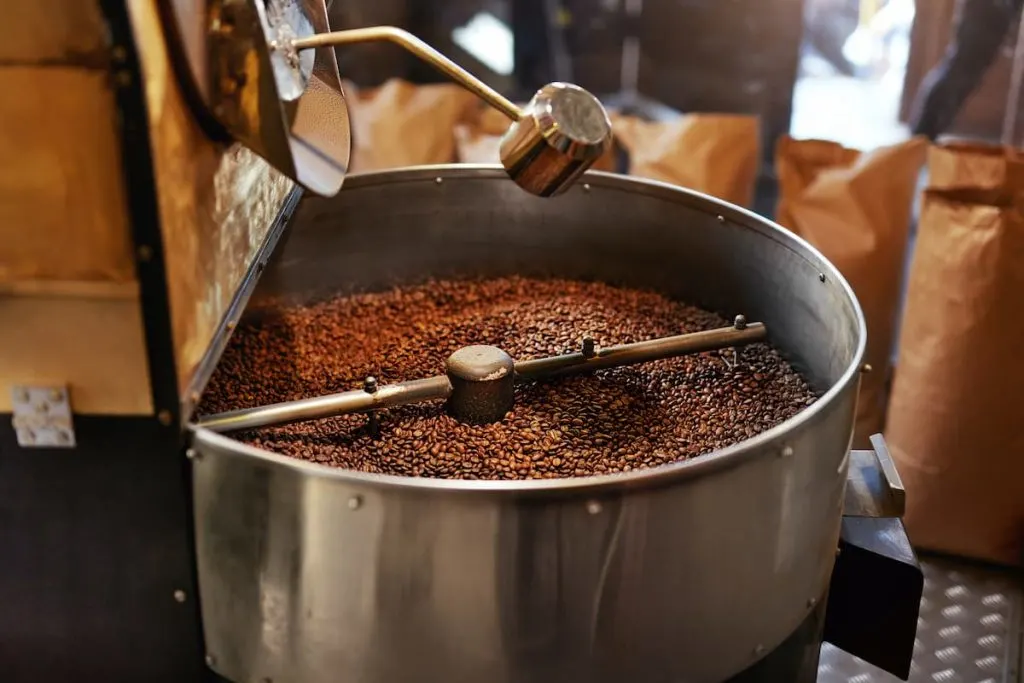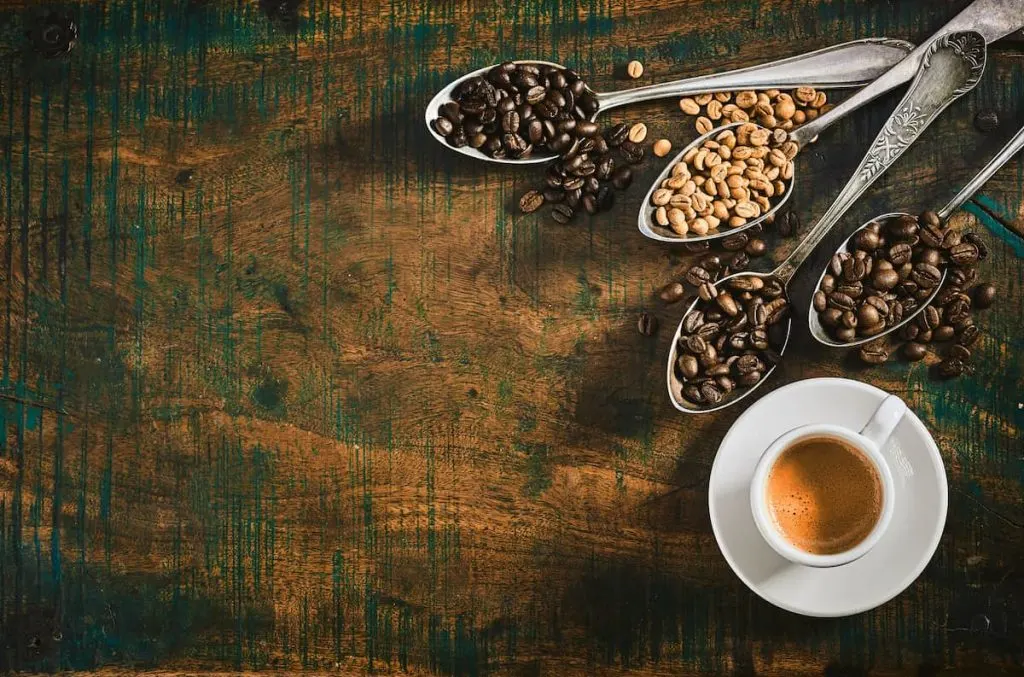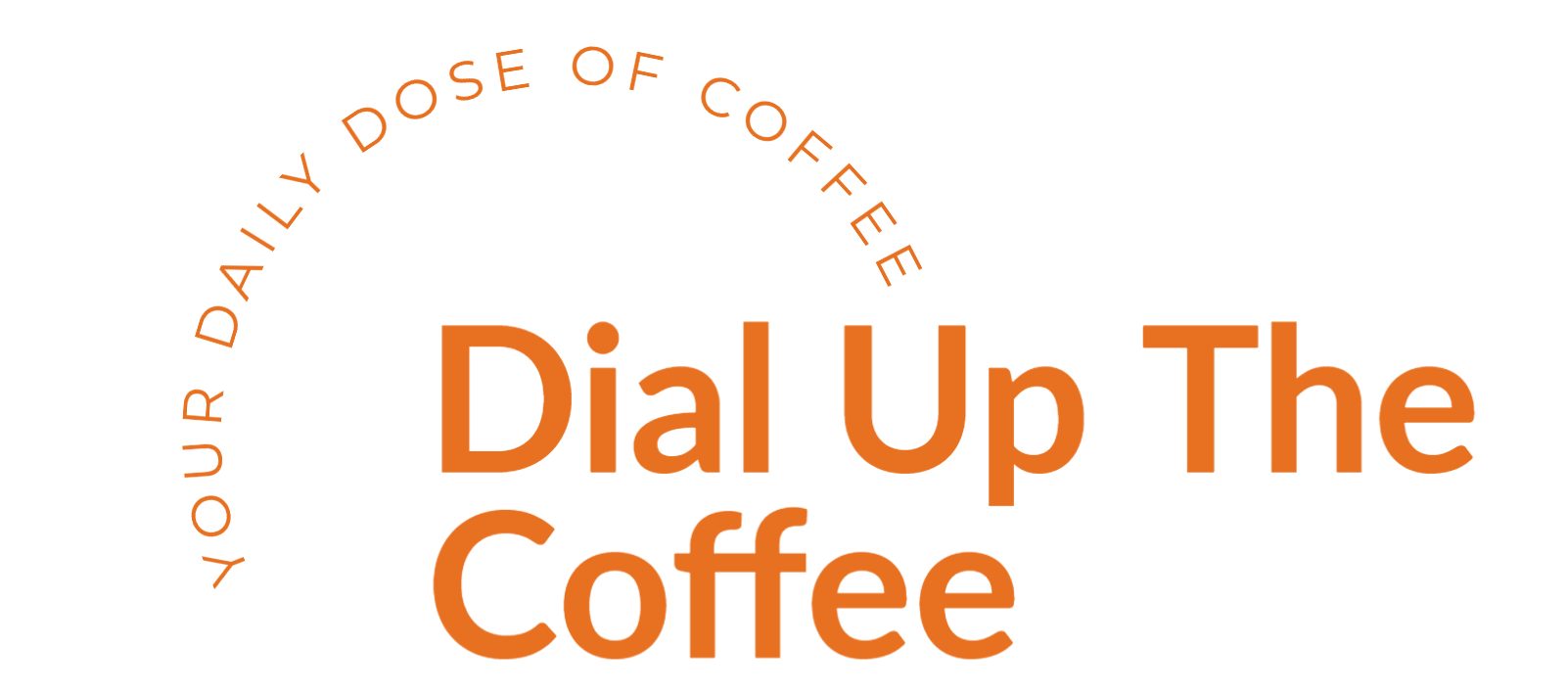For the longest time, I’ve always assumed that my coffee will always be bitter and/or sour. But, I recently discovered that it doesn’t always have to be that way. So, does naturally sweet coffee exist? Here’s what I’ve found out.
Yes, naturally sweet coffee does exist. Fresh, unroasted coffee actually contains different kinds of sugars, and if you roast and brew them properly, you will be able to get fruity or “chocolatey” notes. Even changing up your milk can bring about a sweeter taste.
But even though it’s possible to make a “sweet” cup of coffee, understanding how coffee can be sweet is important, and from there it’s not difficult to figure out how to give your coffee taste sweet, rather than the bitter taste we’re so accustomed to.
Disclaimer: Hi! this post may contain affiliate links which will take you to online retailers that sell products and services. If you click on one and buy something, I may earn a commission, see my Affiliate Disclosure for more details.
How Can Coffee Be Sweet?
As you know, coffee comes from cocoa plants, and the beans are harvested from the center of the fruit. It has natural forms of sugar in it, such as sucrose, arabinose, mannose, glucose, galactose, rhamnose, and xylose. However, due to something called the Maillard reaction, the chemical reaction that occurs when you apply heat to fresh beans reduces sugar.
But the reduction in sugar in the mechanism of converting your coffee beans into a sweet cup of joe can be mitigated by using coffee beans that originate from regions with high elevations and by changing up the way your beans are roasted, ground, and brewed. The Maillard reaction shouldn’t be unfamiliar to you, because it’s the same process that occurs when you prepare other foods to give them their flavors and color. And once it goes through the roasting process, sugar decomposes when heated. However, aroma, anti-oxidants, and color remain. Coffee, therefore, is a low-calorie beverage, which means there can only be a small amount of sweetness added to the flavor.
Buy The Right Beans

Depending on where coffee is grown, plants can produce different levels of natural sugar content. For example, Arabica beans have higher sugar content than robusta beans. Places like Colombia, Kenya, Guatemala, Panama, and Ethiopia have a reputation for growing sweeter coffees, as do places with high elevations and cooler temperatures. Getting perfectly ripe beans is also critical to getting the most sugar content from your fresh beans.
There are a number of flavors and blends from different parts of the world that you should try for sweeter, fruitier tastes, such as Nariño; Filandia, Risaralda or Oiba, Santander in Colombia, Panama Dry Process Finca Bambito Gesha, or Ethiopian green coffee. For darker, more chocolatey flavors, opt for beans sourced from Kenya or Costa Rica.
Roasting

Once you’ve got your fresh beans, you can start roasting them, but, again, aim for them to be perfectly ripe. You can either roast your own or ask the coffee store that you’re buying from to roast them for you. What you want is a light-to-medium roast, because overroasted coffee tends to taste ashy if you opt for a darker roast.
Unwashed, fermented beans also tend to provide sweeter tastes. However, with a darker roast, you can also get a caramelized or chocolatey taste, which occurs due to caramelization where sugar is converted into caramelized compounds. Darker roasts also yield higher levels of acidity levels which mitigate sweetness Lighter roasts, on the other hand, will give you fruity notes. However, be warned that roasting your coffee too light can make it taste like cardboard, which is obviously not desirable, so don’t underdo it!
You also need to take note that a fresher roast doesn’t necessarily mean better coffee. Often you’ll be buying whole beans from the shops that are a month old, but they won’t necessarily make better coffee than something that was roasted only a week ago. It is important, however, that your coffee beans are exposed to as little oxygen as possible to avoid going stale. Older beans can produce coffee that may be less fresh if they aren’t well stored in sealed packaging or in an airtight container. This should be yet another reason to motivate you to buy whole bean coffee instead of pre-ground coffee that goes stale pretty much the moment you open the packaging.
Brewing

For most people, brewing is where they begin the process and, if you’re buying pre-ground coffee (unless it’s specifically sourced from high elevation regions with a light roast, which you can expect to pay a premium price for) is where they start the process. This is yet another reason why you should be buying whole beans (roasted or unroasted) and grinding your coffee yourself. If you’re using the wrong grind-sizes for the brewer you’re using, you’ll end up over-oxidizing or under-oxidizing your coffee, which gives it that bitter or sour taste. It is therefore critical that you find the right method to prepare your coffee and brew it to perfection.
The best brewer to use for naturally sweet coffee is by using an espresso machine. Fine coffee grounds are brewed within 20-30 seconds and are quickly oxidized, meaning that less sugar has been extracted. It is possible to get the same balanced oxidization with other brewers, but you’ll find that espressos are the best method for getting a cup of coffee with fruity or chocolate notes.
There’s no precise formula for the right way to roast your coffee and it’s quite precise. But pairing the right grind-size with your brewing mechanism is important due to different brewing times. A french press, for example, doesn’t combine well with standard, off-the-shelf, pre-ground coffee beans and requires more coarse beans to oxidize at the right level. Here’s a look at what the ideal grind-size is for your brewer:
Appliance | Grind-size |
Turkish Coffee | Extra fine |
Espresso | Extra fine |
Moka Pot | Fine to extra fine |
Aeropress | Fine to extra fine |
Fine (regular ground coffee) | |
Pour Over | Coarse to medium-fine |
Coarse | |
Cold-brew | Coarse |
There’s No Replacement For Sugar
This may seem counter-intuitive to the assertions being made through the course of this article, but it’s a reality that you have to face. No matter how well you brew your coffee, you’re not going to get the same sweet taste that you get from adding sugar or natural sweeteners, but the right preparation can yield a cup of coffee that mitigates the bitterness we usually taste in our coffee and has sweet notes that give you a fruity taste.
However, there is one easy way to compound the small amount of sweetness that you’ve been able to give your coffee during preparation – using lactose-free milk. Lactose-free milk has a shorter sugar molecule. Shorter sugar molecules make your milk taste a little sweeter while retaining the same low-calorie nature of your coffee.
So, if you’re on a mission to make that perfectly balanced, sweet, flavorful, aromatic coffee that we all deserve, stop buying the low-grade pre-ground coffee beans that you’re used to, learn how to roast, grind and brew your beans to perfection and it’s certainly possible. If you’re looking to replace the sweetness that a spoon or two of sugar provides, however, you’re better off finding a good natural sweetener.
Alternatively, there are a few brands out there that are specifically designed to give you the fruity and chocolatey notes, such as Starbucks’ Christmas Blend Espresso pods, which will do the trick, but it’s not quite the same as doing it yourself.
